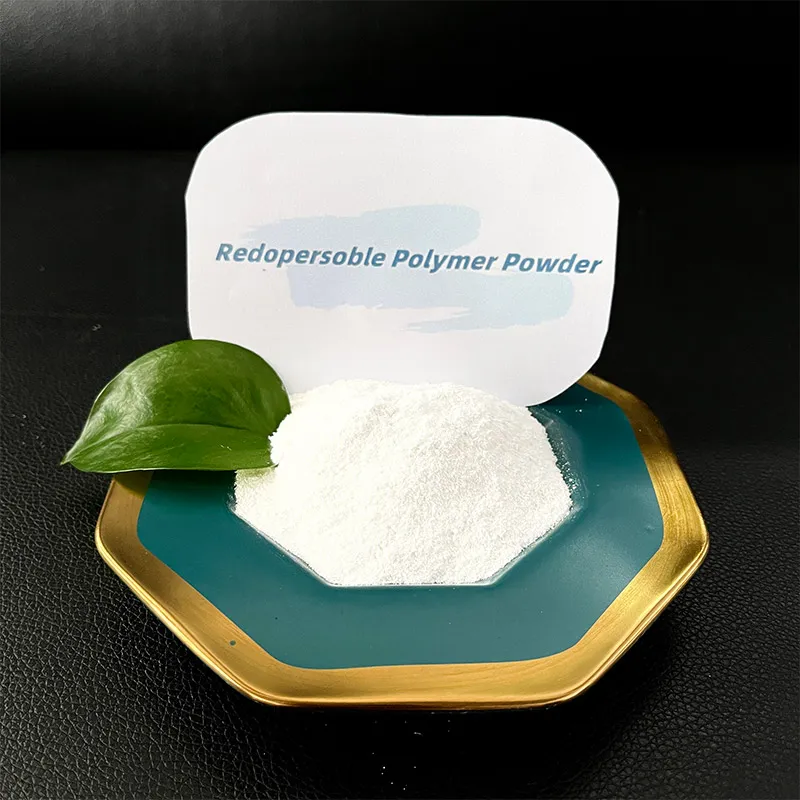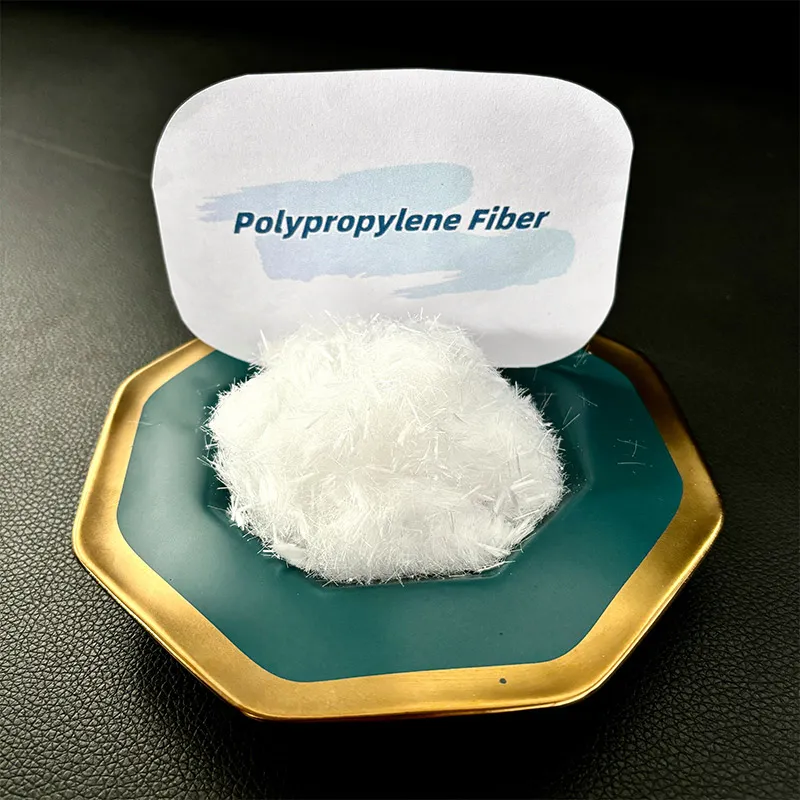
-

Add: HeBei ShengShi HongBang Cellulose Technology CO.,LTD.
-

Email
13180486930@163.com -

CONTACT US
+86 13180486930

Polypropylene Synthetic Fiber Strong, Lightweight & Durable
- Market Growth Statistics of Synthetic Fibers
- Technical Superiorities Over Competing Materials
- Comparative Analysis of Leading Manufacturers
- Customization Capabilities for Specialized Projects
- Implementation Scenarios Across Various Industries
- Innovative Applications in Infrastructure Development
- Future Prospects in Composite Material Science

(polypropylene synthetic fiber)
Polypropylene Synthetic Fiber Market Expansion
Global demand for polypropylene synthetic fiber
continues its upward trajectory, driven by construction sector requirements. Recent market analyses indicate a 5.8% compound annual growth rate (CAGR) between 2023-2028, with the Asia-Pacific region accounting for 62% of consumption. This synthetic polypropylene fiber demonstrates significant advantages in cost efficiency, priced 29% lower than traditional reinforcement materials. Infrastructure projects increasingly adopt macro synthetic fiber solutions, replacing steel mesh in 37% of new industrial flooring installations. Production efficiencies further enhance accessibility; manufacturing energy requirements have decreased by 15% since 2020 due to optimized polymerization processes. Industry experts attribute this expansion to changing regulatory landscapes, with seven additional countries establishing fiber-concrete standards since 2022.
Technical Superiorities
Beyond market presence, the material offers distinct engineering benefits. Polypropylene synthetic fiber boasts a density of 0.91 g/cm³ – significantly lower than steel (7.85 g/cm³). Its hydrophobic properties prevent water absorption beyond 0.05% by weight, ensuring consistent structural performance in wet environments. Chemical resistance testing against 150+ substances confirms stability in pH ranges from 1-14, outperforming polyester alternatives. The molecular structure resists alkaline hydrolysis while maintaining 95% tensile strength retention after accelerated aging protocols. These characteristics translate directly to infrastructure longevity; structures incorporating macro synthetic fiber exhibit 60% less cracking compared to conventional concrete over five-year assessments. Thermal properties warrant particular attention, with melting points at 160-165°C – sufficient for most construction scenarios.
Manufacturer Performance Benchmarks
| Producer | Tensile Strength (MPa) | Elongation at Break (%) | Denier Range | Certifications |
|---|---|---|---|---|
| FiberTech Global | 550-600 | 15-18 | 650-3400 | ASTM D7508, ISO 9001 |
| ProCon Innovations | 490-530 | 20-25 | 480-2200 | EN 14889, CE Mark |
| PolyFiber Solutions | 580-635 | 12-15 | 800-3000 | ISO 14001, ACI 544 |
| Nexus Fiber Specialties | 520-560 | 18-22 | 550-2500 | UL ECV, ISO 9001 |
Performance differentials directly impact end-use outcomes. Third-party testing under ASTM C1399 standards reveals FiberTech Global's offerings deliver 18% higher crack resistance than industry averages. Manufacturer-specific surface treatments create bonding variations with cement matrices; ProCon Innovations' textured variants exhibit 20% stronger matrix adhesion in pullout tests. Denier density also influences distribution characteristics; higher denier options prove optimal for shotcrete applications requiring material suspension stability.
Custom Engineering Specifications
Material science advancements enable tailored modifications addressing specific environmental or structural demands. Length customization ranges from 3mm microfibers for cosmetic crack mitigation to 60mm macro synthetic fiber configurations for heavy-duty reinforcement. Surface modification techniques create specialized bonding interfaces; etching protocols enhance cement adhesion by 40% in demanding marine environments. Facilities capable of monomer-level modifications produce amphiphilic copolymer fibers providing simultaneous hydrophobic and oleophilic properties – critical for containment barrier applications. Production innovations include melt-blown filament spinning achieving cross-sectional geometries with seven-lobed star configurations, elevating pullout resistance beyond 150% versus standard monofilament types.
Industry Implementation Examples
Warehouse flooring projects across logistics hubs demonstrate significant operational advantages. Distribution centers implementing 4kg/m³ polypropylene synthetic fiber additives reduced construction schedules by fourteen days through steel mesh elimination. Subsequent evaluations document 73% fewer joint repairs compared to conventional slabs during intensive forklift operations. Water infrastructure deployments showcase equally compelling outcomes; waste treatment plant containment structures employing copolymer formulations withstand corrosive chemical exposures that deteriorated steel-reinforced alternatives within five years. Material versatility extends beyond industrial contexts; stadium bleacher foundations requiring vibration dampening achieved 31% better harmonic absorption properties using variable-length hybrid fiber blends.
Construction Material Innovations
Infrastructure technology advancements increasingly incorporate synthetic polypropylene fiber modifications. Tunnel boring machine segments now integrate 3D-printed concrete blends with directional fiber alignment protocols, boosting compressive fatigue performance by 28%. Marine engineering breakthroughs include layered concrete composites incorporating embedded fiber sheets for coastal erosion barriers, successfully dissipating wave energies exceeding 25kJ/m². The aerospace sector adapts similar methodologies; NASA testing confirms radiation-shielding composites with 22% polypropylene microfibers decrease neutron penetration beyond standard polymer matrices. Earthquake engineering innovations utilize entangled macro synthetic fiber networks within building foundations, reducing lateral displacement through controlled energy dissipation mechanisms.
Advancement Trajectory in Polypropylene Fibers
Research frontiers include molecular-scale modifications aiming to dramatically elevate thermal tolerances. Polymer nanocomposites infused with exfoliated graphene demonstrate melting point elevations up to 215°C without impacting crystallization dynamics – critical for high-temperature industrial applications. Biotechnology integration represents another promising avenue; enzymatic surface treatments under development enhance cement affinity while reducing embodied carbon by 28%. The ongoing convergence of materials informatics and computational modeling accelerates innovation cycles; AI-driven polymer simulation platforms predicted recent chain-branching modifications that increased tensile strength by 41% in prototype batches. These evolving capabilities ensure synthetic polypropylene fiber maintains technological leadership as infrastructure demands escalate globally, solidifying its position as an indispensable reinforcement material.

(polypropylene synthetic fiber)
FAQS on polypropylene synthetic fiber
Q: What is polypropylene synthetic fiber?
A: It is a synthetic fiber made from polypropylene polymer, known for strength and chemical resistance. It is lightweight and used in textiles and industrial applications.
Q: How is synthetic polypropylene fiber applied in construction?
A: This fiber reinforces concrete to prevent cracking and improve durability. It is ideal for flooring and pavements due to its corrosion resistance. Macro synthetic fibers are also used for similar large-scale projects.
Q: What are the benefits of macro synthetic fiber?
A: It enhances material toughness and reduces shrinkage in structures. Made from polypropylene, it provides cost-effective, long-lasting reinforcement for concrete elements. Its synthetic nature ensures resistance to moisture and chemicals.
Q: How does polypropylene synthetic fiber compare to natural fibers?
A: It offers superior moisture resistance and longevity compared to natural options. Synthetic polypropylene fiber is also more durable and lightweight. This makes it perfect for outdoor or high-stress environments.
Q: Is macro synthetic fiber recyclable?
A: Yes, it is recyclable and reduces landfill waste. Polypropylene variants can be processed for reuse in new products. Efforts focus on improving eco-friendliness through advanced recycling methods.
-
Ethyl Cellulose Powder as a Pharmaceutical BinderNewsJul.10,2025
-
Blending Fibre Natural and Synthetic for PerformanceNewsJul.10,2025
-
Starch Ether For Construction: The Advanced Mortar Additive RevolutionNewsJul.10,2025
-
MHEC Cellulose in Cement-Based Renders and PlastersNewsJul.10,2025
-
Micronized Rubber Powder Dispersion TechniquesNewsJul.10,2025
-
Impact of Cream of Tartar Plaster Retarder on Final StrengthNewsJul.10,2025
-
Rubber Powder Durability in ConstructionNewsJun.26,2025











